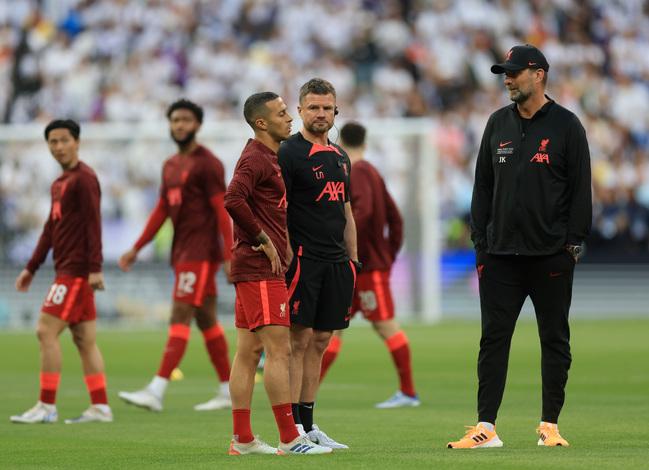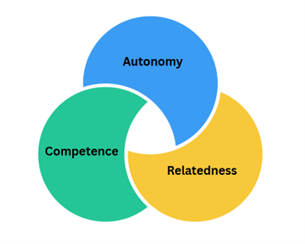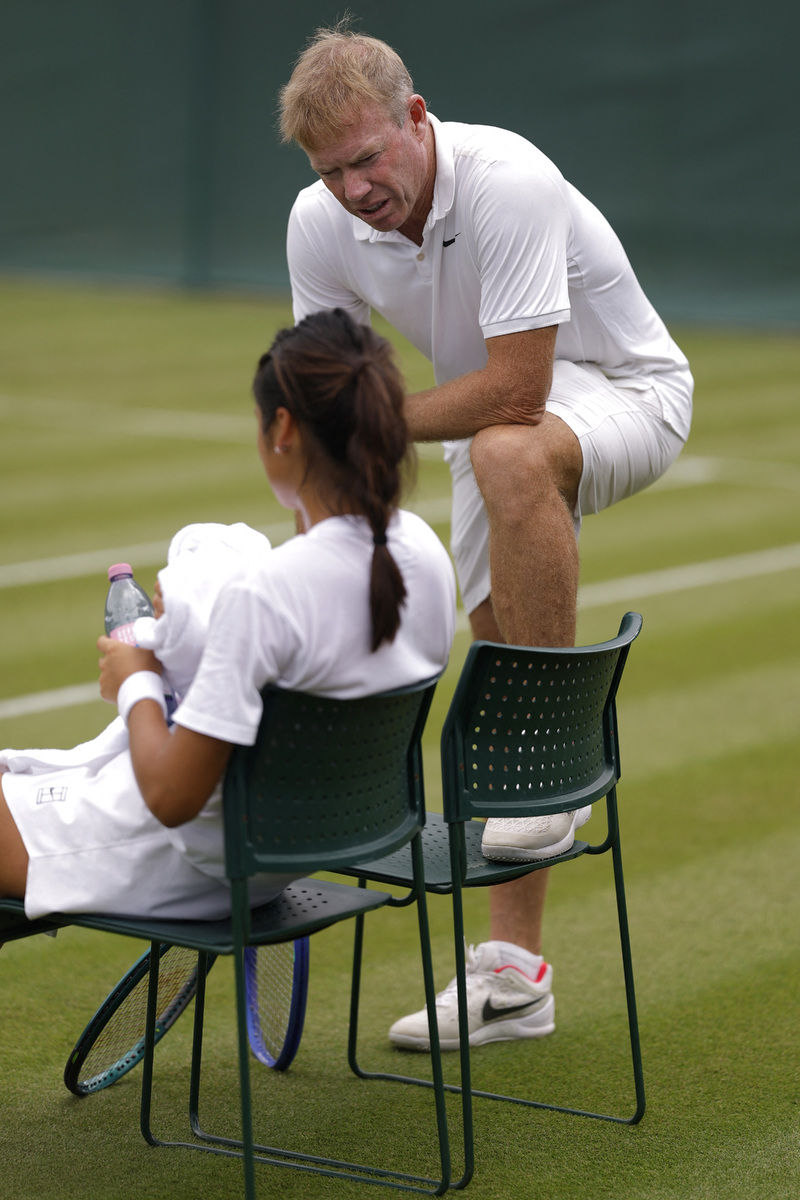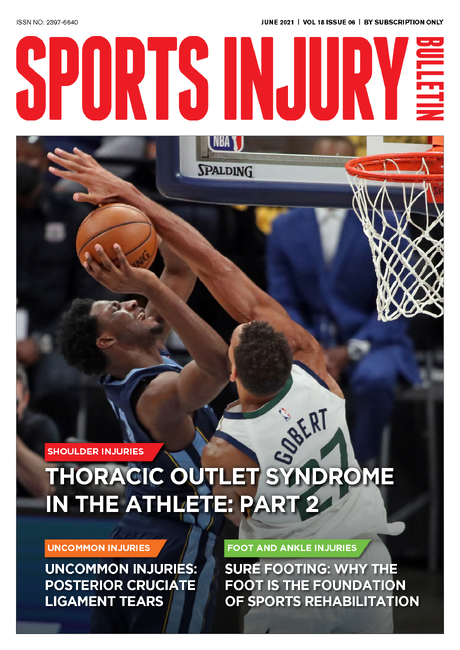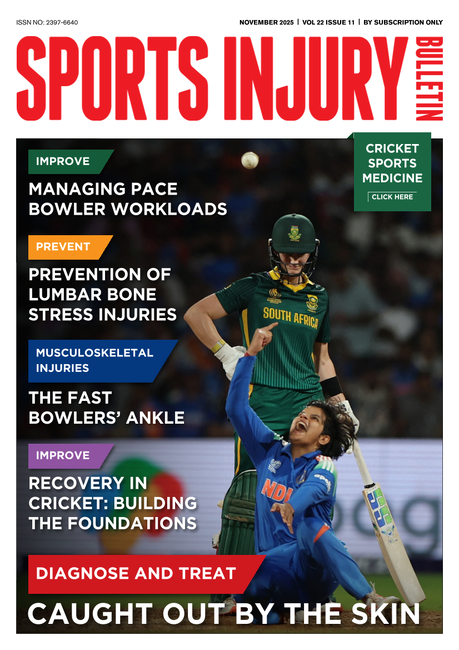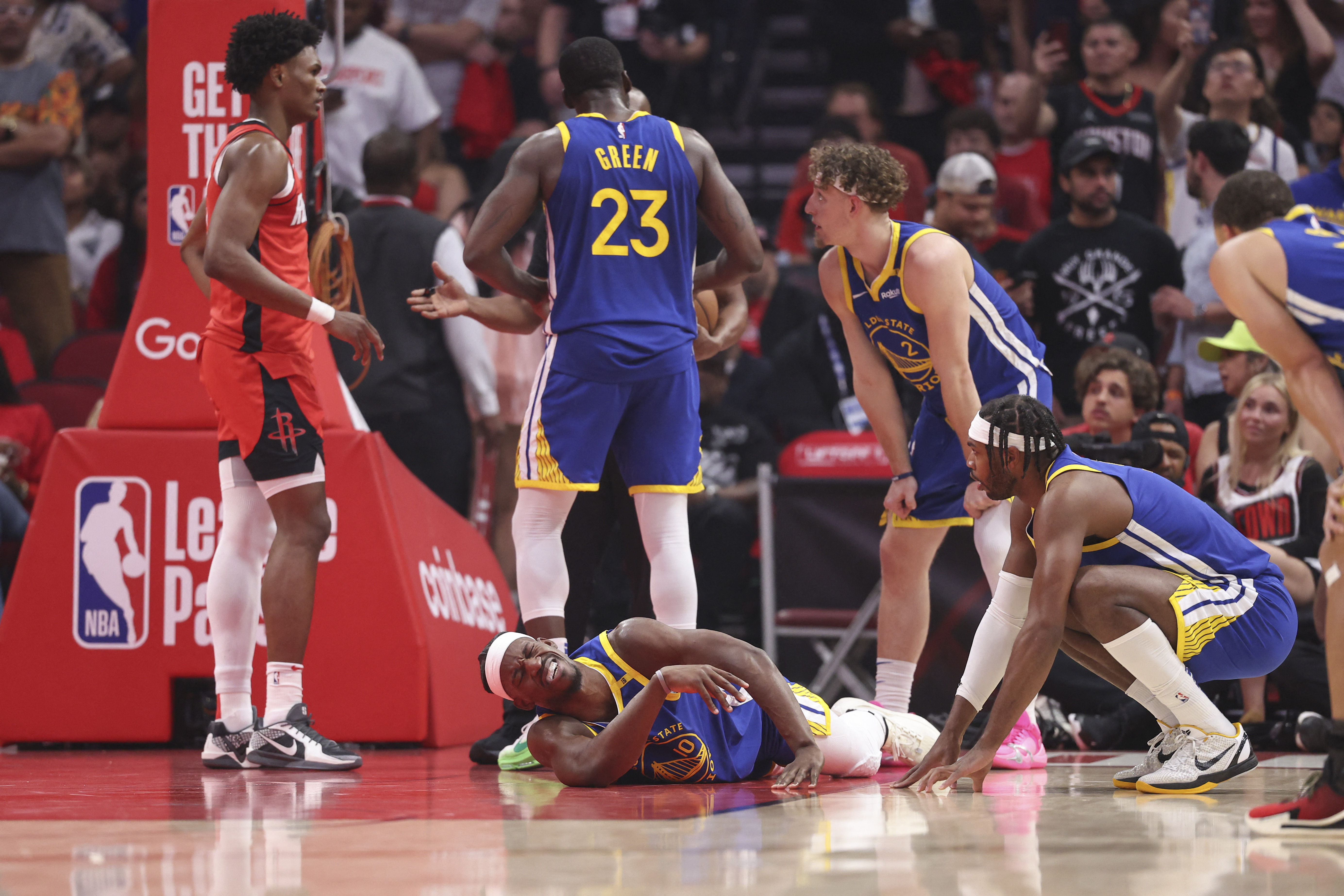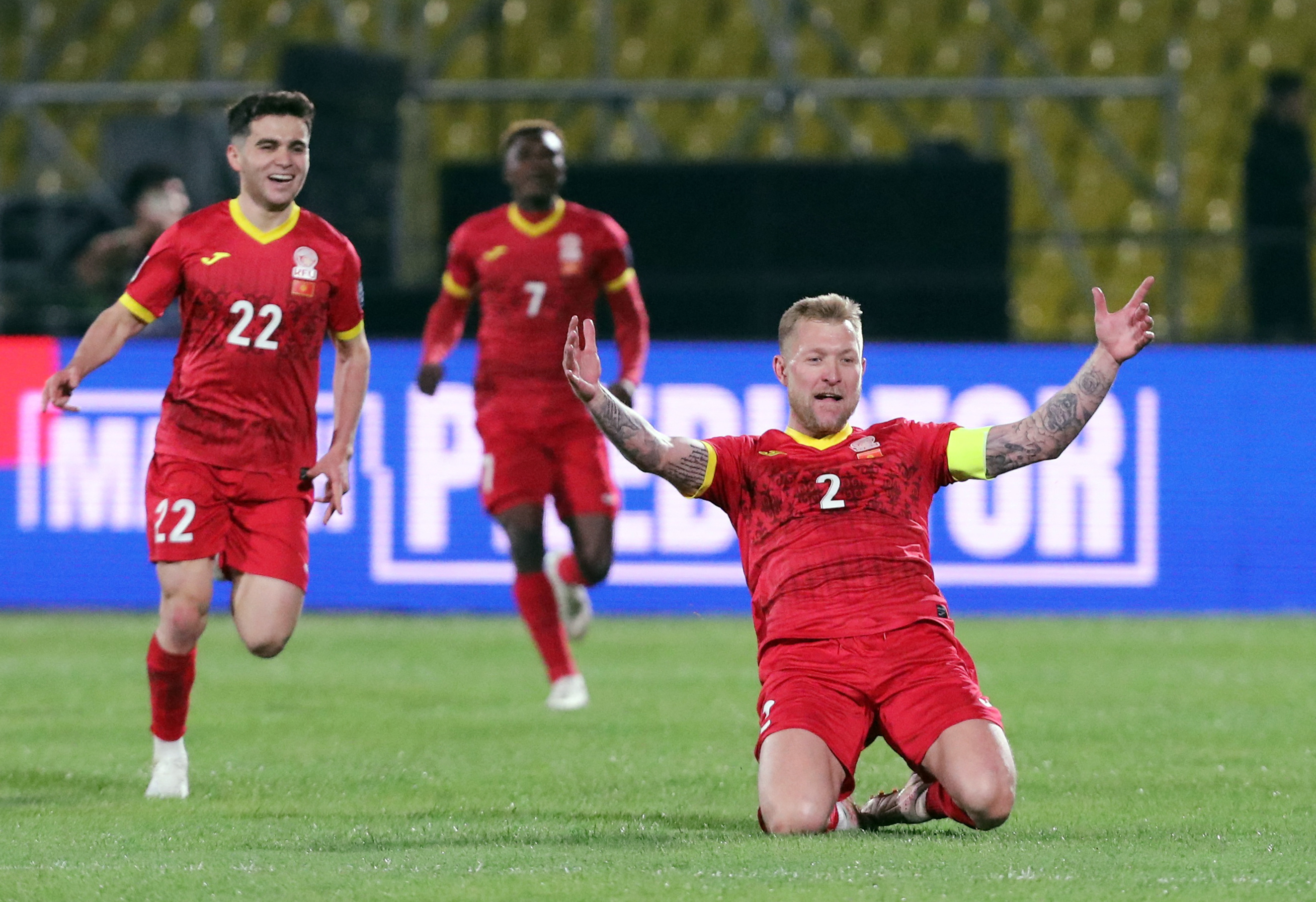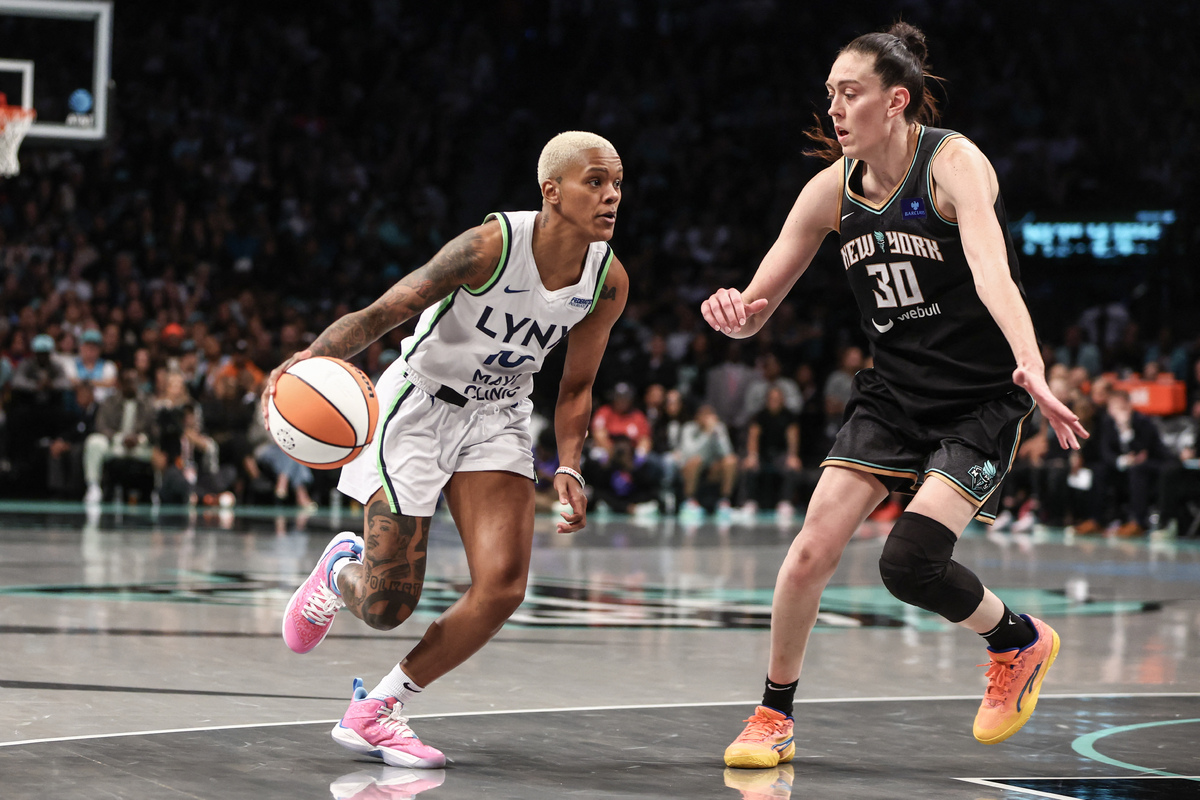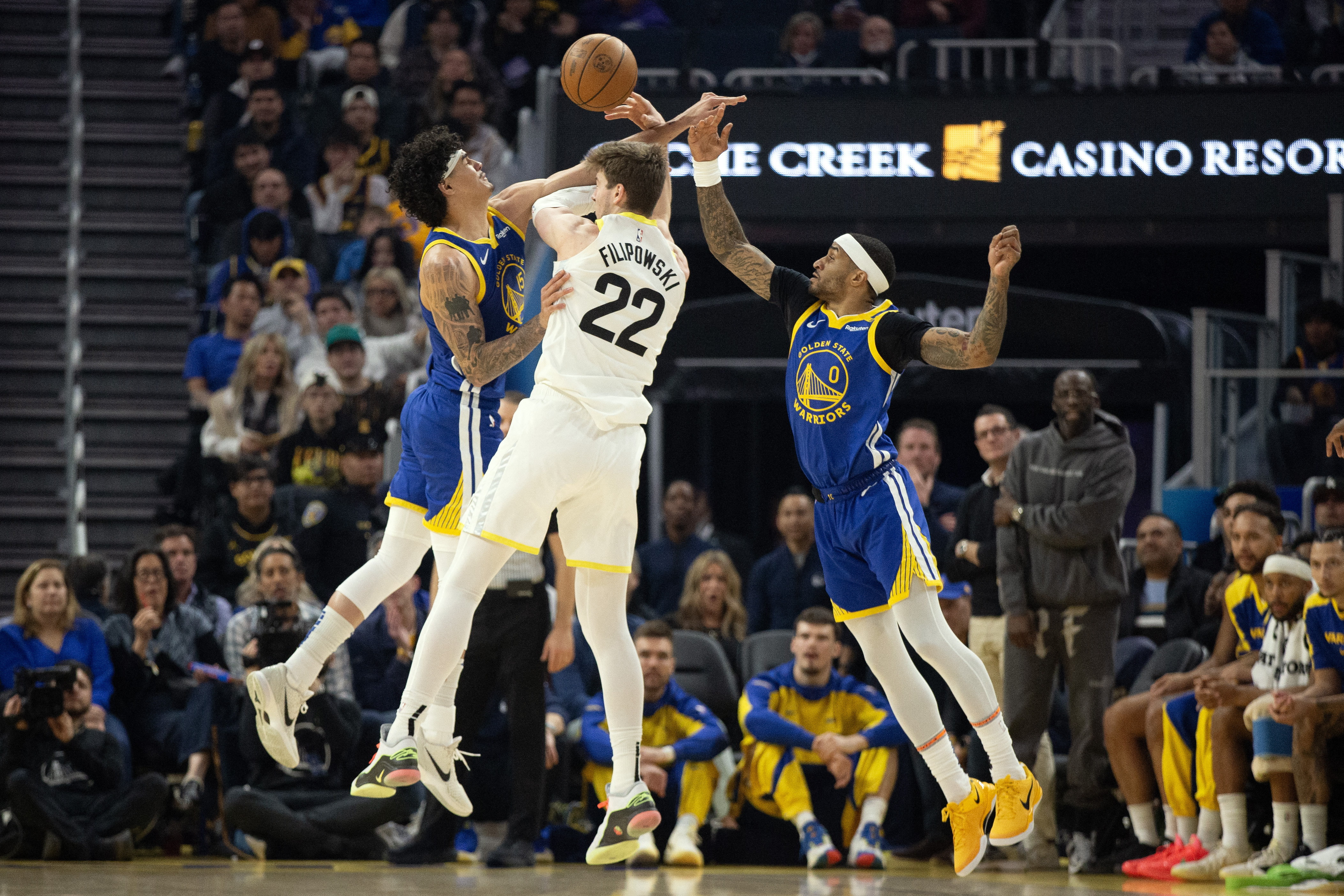You are viewing 1 of your 1 free articles
Start Helping: The Art of the Clinical Consultation
Compliance is critical in injury rehabilitation. A program is only effective if the athlete fully commits to it. Clinicians must create an environment in which athletes feel safe to develop intrinsic motivation as injury impacts their autonomy. Eurico Marques provides clinicians with a communication tool to create meaningful connections and enhance athlete adherence.
Liverpool manager Juergen Klopp, Thiago Alcantara, and head physio Lee Nobes during the warm-up before the match REUTERS/Lee Smith
Clinicians enter the medical industry with a deep desire to help. Often, their personalities are shaped by a deep empathy. If they can enhance their ability to express empathy, they can create positive patient experiences and improve outcomes(1). The act of caring is scattered through humanity and takes shape in many forms—for example, teachers, veterinarians, and social workers. However, sometimes this desire to improve the lives of others is misdirected into an energy to fix, rather than help, truly help. The reasons for this are plentiful and far beyond the scope of this article. Often, the reasons are supported by personal stories that persuade someone to want to help others. But what happens when clinicians get it wrong? What happens to the therapeutic relationship? Poor communication between practitioners and patients can result in misunderstandings that negatively impact outcomes(2). When the clinician assumes the role of expert and the patient becomes subservient to their care, the relationship breaks down, frustration grows (in both parties), and the patient’s health suffers.
To improve the therapeutic relationship, it is essential to take a moment for personal reflection. When a clinician’s ego is confronted to understand the true meaning of helping. To unearth the wide-eyed student who enters medical training with a deep desire to make the world a better place. This reflection begins with understanding how help manifests. Firstly, clinicians must understand that there are five ways of helping(3).
- Abdicating
- Instructing
- Mentoring
- Advising
- Coaching
“Stronger therapeutic relationships lead to improved clinical outcomes.”
Each one has its place in helping, and each has its implications for the therapeutic relationship (see table 1). As clinicians undergo medical training, there is a gradual shift towards the expert who uses instruction to help their patients. This moves them further from fostering true, healthy relationship-building techniques. The expert-student relationship is helpful and necessary in certain contexts. However, when the therapeutic relationship breaks down, treatment adherence and compliance are negatively affected(4). The art of helping relies on understanding which method to use at which point. Although complex, the implementation is theoretically easier because it starts with listening. Listening to understand the athlete, not listening to respond with what they already know. Questions are the foundation for healthy relationships, and listening is the skill required to foster meaningful questions(5,6). Clinicians need to step aside and understand that the athlete is the only person who understands their health intuitively(6). That intuition is a powerful tool for creating meaningful interventions in achieving a healthy and fulfilled life.
Table 1: Five ways of helping in clinical practice(3)
| Helping method | Definition | Use case |
| Instructing | Clinician is the expert Telling the patient what to do. Expects compliance. |
In situations requiring immediate action. Inexperienced athletes. |
| Advising | A step back from direct instruction. Clinician offers suggestions based on their knowledge. Allows the individual to make the final decision. |
Moderately experienced athletes who need expert input. Provide guidance without instruction. |
| Mentoring | Clinician imparts knowledge and wisdom based on personal experiences. | For specific domain expertise and career development. When helping athletes navigate challenges based on a clinician’s experience. |
| Abdicating | Stepping back completely. Leaves the athlete to figure things out on their own. | For routine tasks where the athlete has the required experience. |
| Coaching | Coaching is about helping athletes find the best answers for themselves. Partnership based on trust. | Experienced athletes looking to grow further. Environments focused on long-term learning and problem-solving. |
Self-Determination Theory
Athletes returning to sport after injury may experience concerns related to their sense of competence, autonomy, and relatedness(7). Self-determination theory examines the socio-environmental factors that influence an individual’s tendency toward self-motivated behavior, psychological health, and well-being (see figure 1). Once clinicians understand what constitutes intrinsic motivation, they can ensure that each factor is considered within their rehabilitation and communication approach. Importantly, injury impacts autonomy as athletes lose their ability to choose when and how they participate in physical activity. This immediately affects their motivation and, therefore, compliance.
Clinical Communication
When starting, clinicians can begin with the premise that their role within healthcare is to help someone move from point A to point B. The only way to understand where they are and where they want to be is to ask. An open question unlocks the reasons why athletes seek assistance(5). Once questions are asked and responses heard, clinicians can administer authentic help. This is the art of coaching, a critical skill often neglected in many medical training programs worldwide. Every consultation offers a renewed opportunity to reinforce an athlete’s injury narrative and perspective.
“Questions are the foundation for healthy relationships…”
Motivational Interviewing
Motivational Interviewing (MI) is a collaborative, person-centered counseling style designed to strengthen an individual’s motivation and commitment. In clinical and medical settings, clinicians use it to engage patients in conversations about behavior change that promote better health outcomes(5).
Originally developed by William R. Miller and Stephen Rollnick, MI is grounded in empathy, autonomy, and respect for the patient’s values and goals. In healthcare, many conditions and outcomes depend on patient behavior and compliance, whether it’s attending follow-up appointments, completing rehabilitation programs, or adhering to return to sport time frames. Furthermore, it can help clinicians identify and explore ambivalence, thereby increasing the likelihood of commitment and follow-through(5).
The Spirit of MI
The spirit of MI is not just a technique, but a way of being with people. It underpins all MI interactions and is essential to its effectiveness. Together, these elements foster a respectful and empowering environment that facilitates lasting change(5). The acronym PACE summarizes it:
- Partnership: MI is a collaborative process. The clinician and patient work together as equals. They are guides, not authority figures.
- Acceptance: Acceptance includes four sub-elements:
• Absolute worth: Every person has value.
• Accurate empathy: Understanding the patient’s perspective without judgment.
• Autonomy: The patient has the right to choose, including the option not to change.
• Affirmation: Recognizing strengths and past efforts. - Compassion: The clinician acts in the best interest of the patient, prioritizing their well-being above all.
- Evocation: Change is best initiated from within the patient. Rather than telling people what to do, MI evokes their own motivations, values, and goals.
Core Skills
The communication techniques used in MI are encapsulated in the acronym OARS(5). Clinicians can use these skills to build rapport, explore ambivalence, and elicit change talk.
- Open-Ended Questions: Invite patients to share more fully and encourage reflection and exploration. “What concerns do you have about your injury rehabilitation plan?”
- Affirmations: Recognize and reinforce patient strengths or past successes. “You’ve made a lot of effort to come this far, that shows real commitment.”
- Reflective Listening: Demonstrates empathy and understanding by clarifying what the patient means and encourages deeper exploration.“It sounds like you’re worried about how your injury might affect your ability to get back into the team.”
- Summarizing: Reinforces what has been said and organizes the conversation while highlighting the next steps. “So, you’re feeling unsure about your recovery and feel that you might not be the same player when you return.”
“MI requires clinicians to practice, reflect, implement the lessons, and repeat.”
These core skills help create an environment where patients feel heard, respected, and motivated to move forward. The implementation doesn’t have to be textbook to be effective. Instead, similar to an athlete’s journey, implementing MI in clinical care also needs to meet the clinician’s skill and personality. Like all communication skills, MI requires clinicians to practice, reflect, implement the lessons, and repeat. This is an ongoing process and creates an exciting communication landscape for clinicians to initiate therapeutic relationships with athletes, boost intrinsic motivation, and improve the effectiveness of their interventions. Not through more medical skills, but through enhanced human skills. The skills required to connect, care, and create meaning for athletes recovering from injury. Stronger therapeutic relationships lead to improved clinical outcomes(5).
For clinicians, especially those working with athletes, developing MI skills is vital. It fosters stronger therapeutic relationships, enhances adherence to treatment or training plans, and empowers athletes to take ownership of their recovery and performance goals. By understanding an athlete’s values and motivations, clinicians can tailor interventions more effectively, leading to better outcomes, reduced resistance, and more sustainable behavior change.
References
1. Journal of the Royal Society of Medicine; 2018, Vol. 111(7) 240–252
2. BMJ Open. 2024 May 27;14(5):e085312.
3. The Barefoot Coach. Paddy Upton. 2019
4. Focus (Am Psychiatr Publ). 2018 Oct 18;16(4):402–403.
5. Miller, W. R., & Rollnick, S. (2013). Motivational interviewing: Preparing people for change. Guilford Press.
6. Ther Clin Risk Manag. 2008 Feb;4(1):269–286.
7. Physical Therapy in Sport 12 (2011) 36-42.
Newsletter Sign Up
Subscriber Testimonials
Dr. Alexandra Fandetti-Robin, Back & Body Chiropractic
Elspeth Cowell MSCh DpodM SRCh HCPC reg
William Hunter, Nuffield Health
Newsletter Sign Up
Coaches Testimonials
Dr. Alexandra Fandetti-Robin, Back & Body Chiropractic
Elspeth Cowell MSCh DpodM SRCh HCPC reg
William Hunter, Nuffield Health
Be at the leading edge of sports injury management
Our international team of qualified experts (see above) spend hours poring over scores of technical journals and medical papers that even the most interested professionals don't have time to read.
For 17 years, we've helped hard-working physiotherapists and sports professionals like you, overwhelmed by the vast amount of new research, bring science to their treatment. Sports Injury Bulletin is the ideal resource for practitioners too busy to cull through all the monthly journals to find meaningful and applicable studies.
*includes 3 coaching manuals
Get Inspired
All the latest techniques and approaches
Sports Injury Bulletin brings together a worldwide panel of experts – including physiotherapists, doctors, researchers and sports scientists. Together we deliver everything you need to help your clients avoid – or recover as quickly as possible from – injuries.
We strip away the scientific jargon and deliver you easy-to-follow training exercises, nutrition tips, psychological strategies and recovery programmes and exercises in plain English.
